Sourav Pan
Transcript
Welcome to our exploration of the Krebs Cycle.
The Krebs Cycle, also known as the citric acid cycle or TCA cycle, is a fundamental metabolic pathway in cellular energy production.
This circular pathway involves a series of chemical reactions that are critical for generating energy from nutrients.
The Krebs cycle plays a crucial role in breaking down acetyl-CoA derived from carbohydrates, fats, and proteins to release stored energy.
This pathway was discovered by Hans Adolf Krebs in 1937, who later received the Nobel Prize in 1953 for this groundbreaking work.
The cycle is central to aerobic respiration and is conserved across all living organisms, highlighting its evolutionary importance.
In the following sections, we’ll examine the location of the Krebs cycle within the cell and break down its purpose in more detail.
The Krebs Cycle occurs in specific cellular locations, depending on the organism type.
In eukaryotic cells, like those found in humans, animals, and plants, the cycle takes place in the matrix of mitochondria.
Mitochondria are often called the powerhouse of the cell because they generate most of the cell’s supply of ATP, the energy currency.
In prokaryotic cells like bacteria, which lack mitochondria, the Krebs cycle occurs in the cytosol.
Let’s take a closer look at a mitochondrion, where the Krebs cycle occurs in eukaryotes.
Inside the inner membrane is the mitochondrial matrix. This is where all the enzymes of the Krebs cycle are located.
The Krebs cycle is a circular pathway that involves a series of chemical reactions.
The location of the Krebs cycle is strategically important because it allows the cycle to connect with other metabolic pathways.
It directly connects with the electron transport chain, which is embedded in the inner mitochondrial membrane.
It links to amino acid metabolism, allowing amino acids to enter the cycle as intermediates.
It integrates with fatty acid oxidation, which produces acetyl-CoA, the starting molecule for the cycle.
The compartmentalization also concentrates enzymes and substrates, increasing the efficiency of the reactions.
The Krebs Cycle serves as a critical energy-harvesting pathway in cellular metabolism.
At its core, the Krebs Cycle functions as a central hub for extracting energy from nutrients.
It processes acetyl-CoA, which is derived from three major nutrient sources: carbohydrates, fats, and proteins.
During the cycle, acetyl-CoA is broken down into carbon dioxide, releasing energy that’s captured in the form of high-energy electron carriers.
These electron carriers, NADH and FADH2, then proceed to the electron transport chain where they contribute to ATP production, the cell’s primary energy currency.
The Krebs Cycle serves as a metabolic crossroads, connecting carbohydrate, fat, and protein metabolism while generating the majority of energy used by our cells.
Without the Krebs Cycle, our cells would be unable to efficiently extract energy from the food we eat, highlighting its essential role in cellular metabolism.
Acetyl-CoA serves as the critical entry point to the Krebs Cycle.
This molecule consists of an acetyl group containing two carbon atoms, bound to Coenzyme A.
These two carbon atoms are particularly important, as they will be released as carbon dioxide during the cycle.
Acetyl-CoA is formed from the breakdown of three major nutrient sources.
First, carbohydrates are broken down through glycolysis.
Second, fatty acids are processed through beta oxidation.
Third, amino acids from proteins can be converted to acetyl-CoA after deamination.
All three pathways converge at acetyl-CoA, making it a critical metabolic junction.
To understand the context of acetyl-CoA, let’s look at where it enters the Krebs cycle.
Acetyl-CoA enters the cycle by combining with oxaloacetate.
This crucial molecule represents the convergence point where carbohydrates, fats, and proteins all meet for further metabolism.
The Krebs Cycle is considered an aerobic process, meaning it requires oxygen – though indirectly.
While oxygen doesn’t directly participate in the cycle’s reactions, it’s essential for the electron transport chain that follows.
The electron transport chain reoxidizes the NADH and FADH2 produced during the cycle.
Without oxygen, these molecules accumulate, causing the cycle to slow down and eventually stop.
This shifts metabolism toward anaerobic pathways.
In Step 1 of the Krebs Cycle, we see the formation of citrate, which is a critical starting point for the cycle.
To understand this step’s importance, let’s first see where it fits in the overall Krebs cycle.
Step 1 begins with two key molecules: acetyl-CoA, which has 2 carbon atoms, and oxaloacetate, which has 4 carbon atoms.
The enzyme citrate synthase catalyzes a condensation reaction between these molecules.
During this reaction, acetyl-CoA and oxaloacetate combine to form citrate, which has 6 carbon atoms.
In this process, the CoA group is released and can be reused in future reactions.
This condensation reaction is accompanied by the release of energy, making it highly exergonic and essentially irreversible.
Because this step is irreversible, it serves as a committed step in the Krebs cycle and represents an important regulatory point.
In the second step of the Krebs cycle, citrate undergoes an isomerization reaction to form isocitrate.
This transformation is catalyzed by the enzyme aconitase and proceeds through a two-step process.
In the first part of the reaction, aconitase removes a water molecule from citrate, creating a double bond and forming cis-aconitate as an intermediate.
In the second part, aconitase adds a water molecule back, but in a different orientation, converting cis-aconitate to isocitrate.
This isomerization repositions the hydroxyl group from the third to the fourth carbon atom, which is crucial for the subsequent oxidative decarboxylation reactions.
Aconitase contains an iron-sulfur cluster at its active site that is essential for this catalytic activity.
The key function of this step is to properly position the hydroxyl group for the oxidation reactions that follow.
Although this isomerization step doesn’t directly produce any energy in the form of ATP, NADH, or FADH2, it is essential for the cycle’s progression.
This isomerization step prepares the molecule for the subsequent oxidative decarboxylation reactions that will generate energy for the cell.
With the formation of isocitrate complete, the Krebs cycle is now ready to proceed to the next energy-producing step.
In step four of the Krebs cycle, we continue with α-ketoglutarate, which undergoes a critical transformation.
α-ketoglutarate, our starting molecule, undergoes oxidative decarboxylation to form succinyl-CoA.
This reaction is catalyzed by the α-ketoglutarate dehydrogenase complex, a multi-enzyme system with three essential components.
This enzyme complex requires several key cofactors to function properly.
Thiamine pyrophosphate helps in the decarboxylation step, while lipoic acid transfers the acyl group. FAD is crucial for the redox reactions, helping generate NADH.
During this reaction, a carbon is removed as carbon dioxide, the second CO2 molecule released in the Krebs cycle.
Simultaneously, NAD+ is reduced to NADH, capturing energy from this oxidation step.
The remaining carbon skeleton is attached to Coenzyme A, forming succinyl-CoA, the product of this step.
To summarize, in this reaction, α-ketoglutarate is combined with NAD+ and Coenzyme A to produce succinyl-CoA, NADH, and carbon dioxide.
This step represents another major energy-yielding reaction in the Krebs cycle, capturing energy in the form of NADH, which will later contribute to ATP production.
With the formation of succinyl-CoA complete, the Krebs cycle is now ready to proceed to step five.
Step 5 of the Krebs cycle involves the conversion of succinyl-CoA to succinate.
This step is catalyzed by the enzyme succinyl-CoA synthetase.
During this reaction, the thioester bond in Succinyl-CoA is cleaved, releasing free Coenzyme A.
This reaction involves substrate-level phosphorylation, where a high-energy phosphate group is transferred.
In this process, GDP and inorganic phosphate combine to form GTP, which is a high-energy molecule similar to ATP.
In plants and some bacteria, ADP is phosphorylated to ATP instead of GDP to GTP.
To see where this step fits in the overall Krebs cycle, let’s look at a simplified diagram.
Step 5 is unique in the Krebs cycle because it’s the only step that directly produces a high-energy phosphate molecule without using the electron transport chain.
This substrate-level phosphorylation is an important energy-capturing mechanism that occurs directly in the Krebs cycle, contributing to the overall energy yield of cellular respiration.
Let’s examine the energy products generated in a single turn of the Krebs cycle.
Each complete turn of the Krebs cycle produces several energy-rich molecules that serve as cellular energy carriers.
The cycle generates 3 NADH molecules at steps 3, 4, and 8 of the cycle.
In step 6, the oxidation of succinate to fumarate produces one FADH2 molecule.
Additionally, step 5 generates one GTP molecule, which is readily converted to ATP in the mitochondrial matrix.
The cycle also releases two carbon dioxide molecules during oxidative decarboxylation reactions at steps 3 and 4.
These energy-rich carrier molecules—NADH and FADH2—transport electrons to the electron transport chain.
In the electron transport chain, these carriers drive oxidative phosphorylation, producing significant amounts of ATP—the cell’s primary energy currency.
This remarkably efficient energy extraction process is why the Krebs cycle is central to cellular metabolism, providing the majority of energy used by aerobic organisms.
The Krebs Cycle is tightly regulated by the cell’s energy status, primarily through the ATP to ADP ratio.
High ATP levels indicate energy abundance in the cell.
When ATP is abundant, it inhibits key enzymes of the Krebs cycle.
Conversely, when ATP levels are low and ADP levels are high, indicating energy demand in the cell:
High ADP levels activate these same enzymes, speeding up the cycle to generate more energy.
This regulatory mechanism ensures that energy production through the Krebs cycle matches the cell’s metabolic needs.
When energy is abundant, the cycle slows down to prevent wasteful overproduction. When energy is needed, the cycle speeds up to meet the demand.
In summary, the ATP to ADP ratio serves as a crucial regulatory mechanism that fine-tunes the Krebs cycle activity based on the cell’s immediate energy needs.
The NADH to NAD+ ratio is a crucial regulator of the Krebs cycle activity.
Two key dehydrogenase enzymes in the cycle are particularly sensitive to this ratio.
Under normal conditions, the NADH to NAD+ ratio is balanced, and the Krebs cycle operates efficiently.
However, when NADH levels rise relative to NAD+, this signals that the cell has an abundance of reducing equivalents.
High NADH levels directly inhibit two major dehydrogenases: isocitrate dehydrogenase and alpha-ketoglutarate dehydrogenase.
This regulation prevents the overproduction of NADH when the electron transport chain cannot process it quickly enough.
This is especially crucial in oxygen-limited conditions, where the electron transport chain slows down due to lack of oxygen as the final electron acceptor.
This feedback mechanism ensures metabolic balance by preventing excessive NADH generation when it cannot be utilized efficiently.
Through this redox-based regulation, the cell maintains appropriate levels of reducing equivalents and coordinates the Krebs cycle with the electron transport chain activity.
Calcium ions play a significant role in regulating the Krebs Cycle.
These calcium ions are particularly important in tissues with fluctuating energy demands.
Calcium activates several key enzymes in the Krebs cycle pathway.
When calcium levels increase in the cell, often due to signaling events or muscle contraction, these enzymes become more active.
This activation increases the flux through the Krebs cycle, producing more NADH, FADH2, and ultimately ATP.
This calcium-mediated regulation helps coordinate energy production with cellular activities that increase calcium levels, such as muscle contraction.
The Krebs Cycle employs various feedback inhibition mechanisms to maintain metabolic balance.
Specific intermediates in the cycle can inhibit enzymes that catalyze earlier reactions, creating regulatory feedback loops.
For example, succinyl-CoA inhibits the enzyme α-ketoglutarate dehydrogenase.
This prevents the overproduction of succinyl-CoA, which would disrupt the cycle’s balance.
Similarly, high concentrations of NADH, a product of the cycle, inhibit multiple dehydrogenases.
NADH inhibits isocitrate dehydrogenase, α-ketoglutarate dehydrogenase, and malate dehydrogenase.
These feedback inhibition mechanisms ensure that the Krebs cycle responds appropriately to changing cellular conditions.
They prevent the accumulation of intermediates and keep energy production balanced with cellular demand.
When comparing the Krebs Cycle with glycolysis, several key differences emerge in their location and oxygen requirements.
Glycolysis occurs in the cytoplasm of cells, the fluid-filled region between the cell membrane and nucleus.
In contrast, the Krebs Cycle takes place in the mitochondrial matrix, the innermost compartment of mitochondria in eukaryotic cells.
Regarding oxygen requirements, glycolysis can function with or without oxygen, making it both aerobic and anaerobic.
The Krebs Cycle, however, requires oxygen indirectly through the electron transport chain that recycles its electron carriers, making it strictly aerobic.
This fundamental difference explains why cells can still produce some ATP during oxygen limitation through glycolysis alone.
Glycolysis generates just 2 ATP molecules per glucose molecule without oxygen, while the complete aerobic pathway including the Krebs Cycle can produce approximately 30 to 32 ATP.
Glycolysis and the Krebs Cycle differ significantly in their processes and products.
Glycolysis is a linear pathway that occurs in the cytoplasm, while the Krebs Cycle is circular and takes place in the mitochondrial matrix.
In glycolysis, a six-carbon glucose molecule is broken down through multiple steps into two three-carbon pyruvate molecules.
The Krebs Cycle, however, processes a two-carbon acetyl-CoA molecule, derived from pyruvate, through a circular pathway that regenerates its starting compound.
Glycolysis directly produces two ATP and two NADH molecules, along with two pyruvate molecules.
The Krebs Cycle, for each turn of the cycle, releases two carbon dioxide molecules and generates three NADH, one FADH-two, and one GTP which is equivalent to one ATP.
The key difference is that glycolysis is linear and splits a single molecule, while the Krebs Cycle is circular, continuously regenerating its starting compound oxaloacetate.
Study Materials
Krebs Cycle - Definition, Steps, Products, Regulation
Helpful: 0%
Related Videos
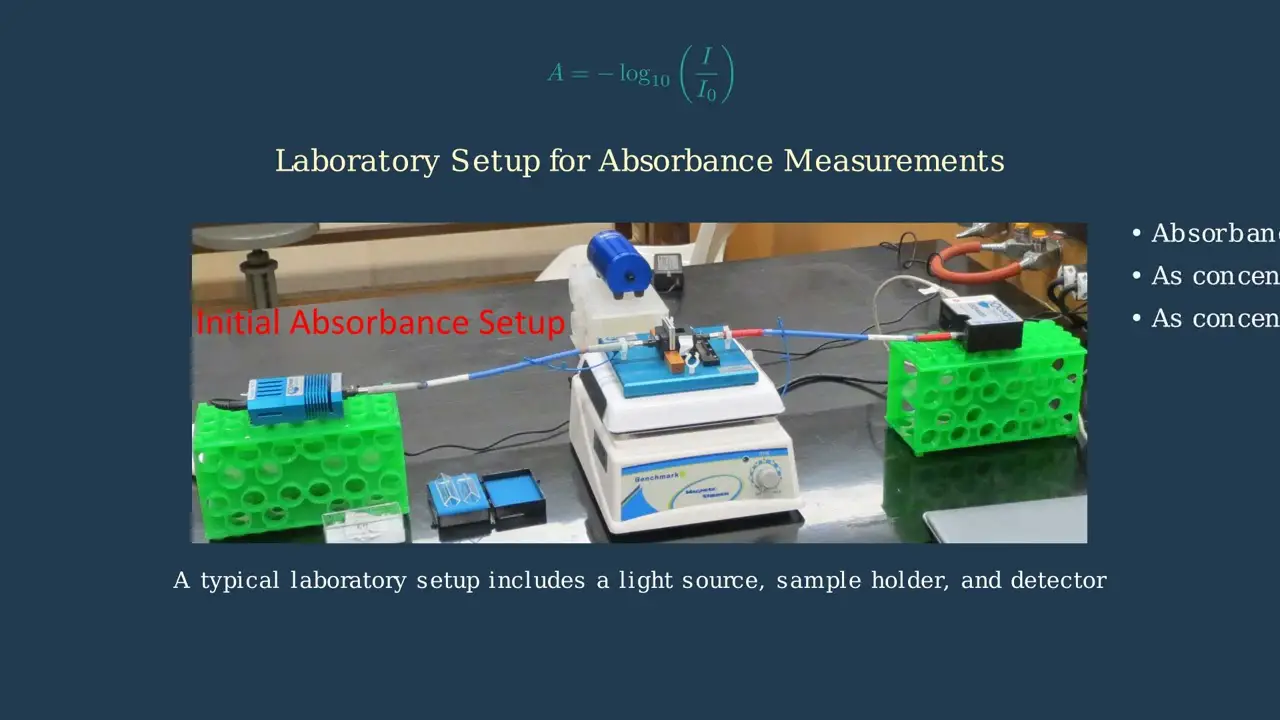
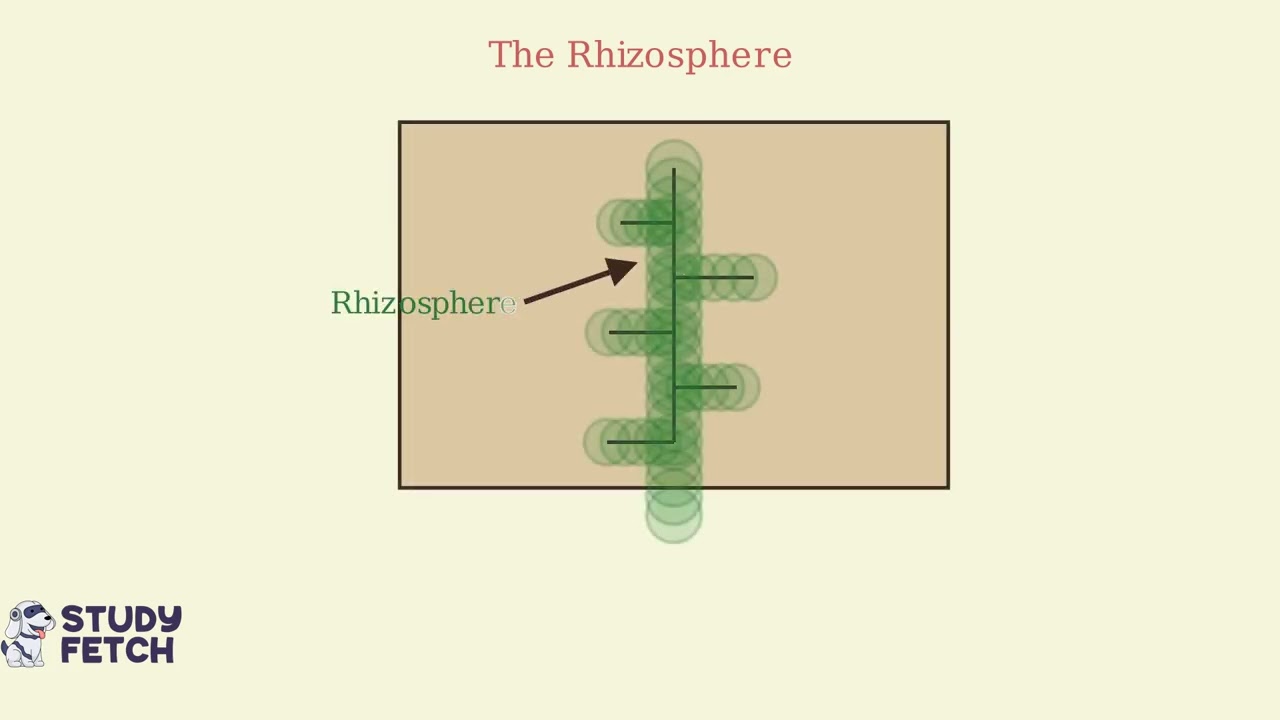
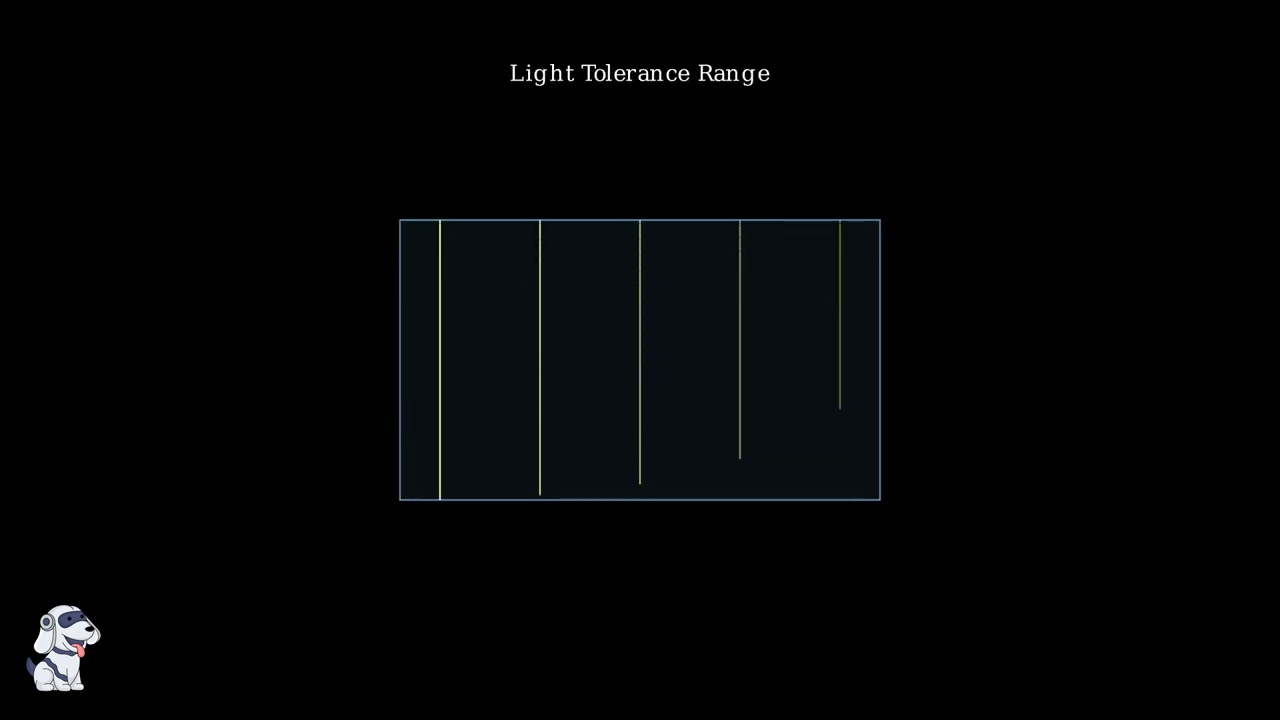
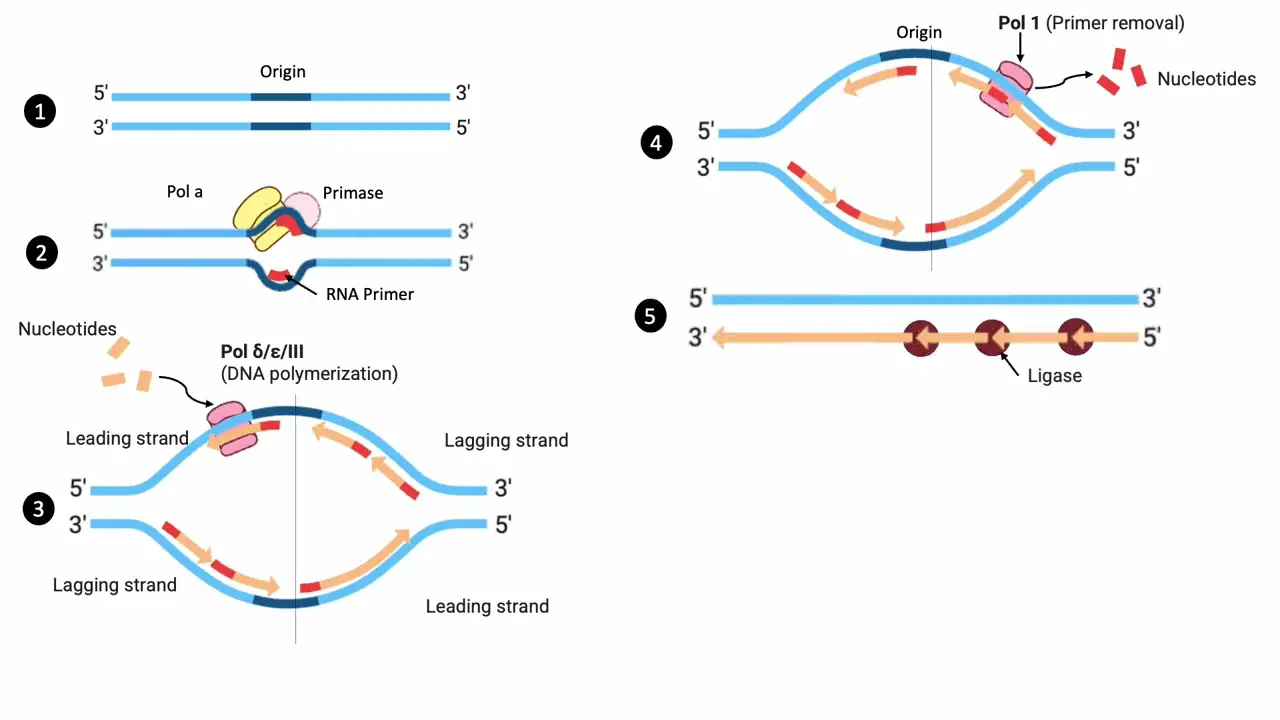
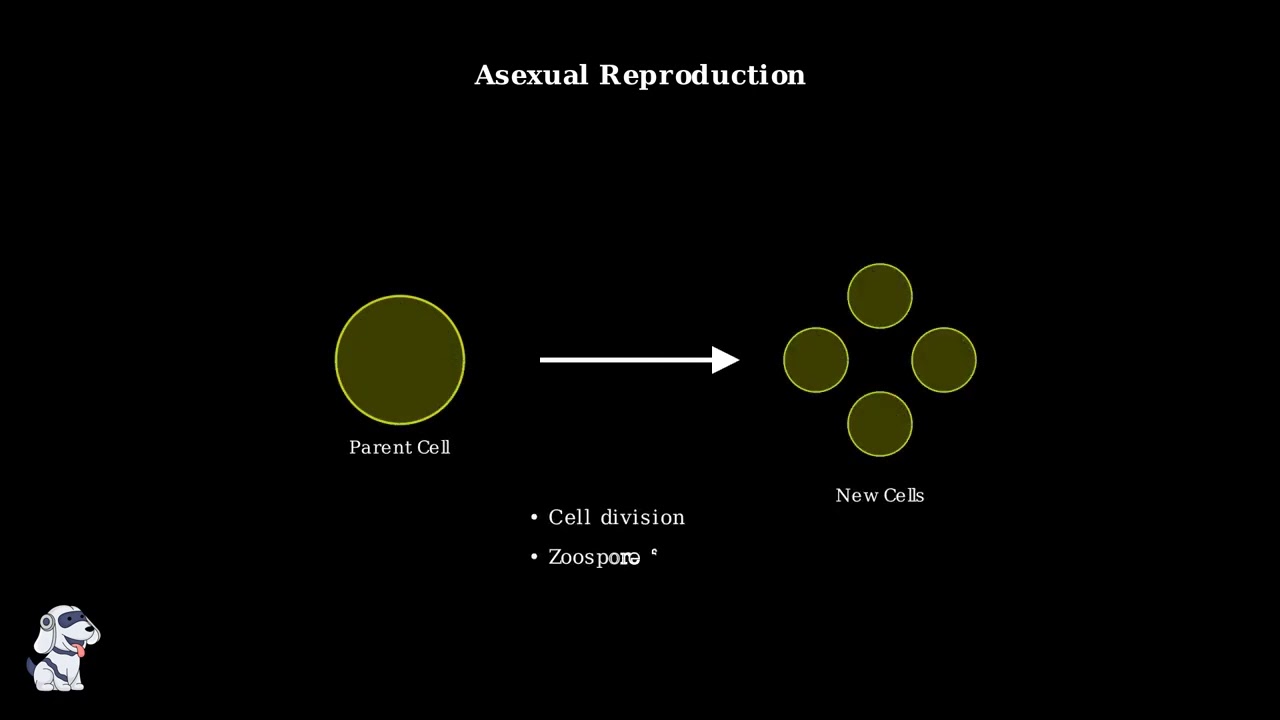
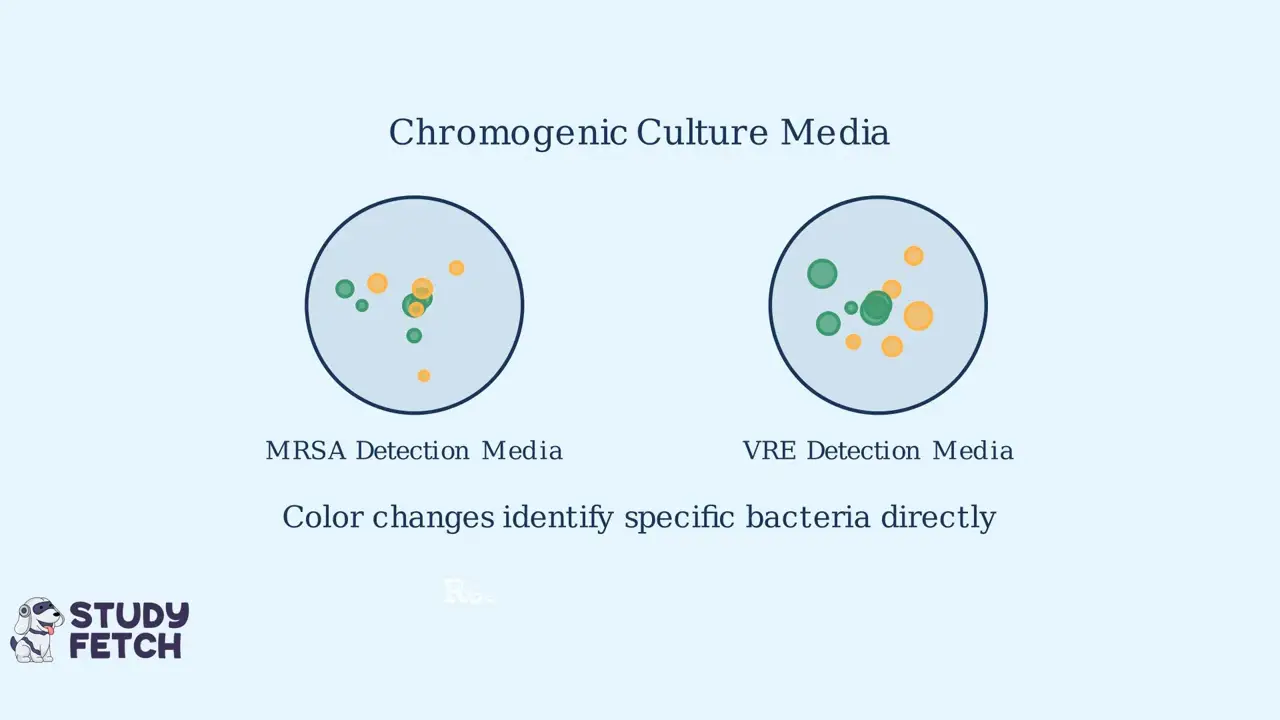
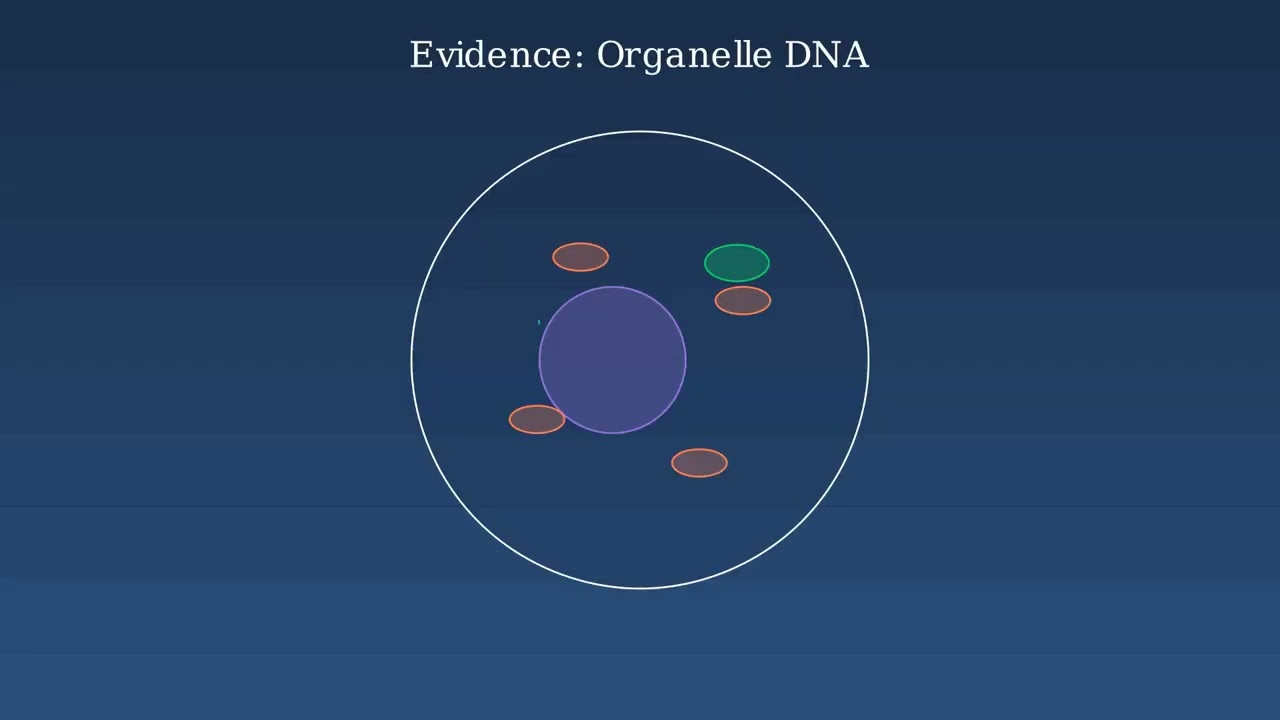
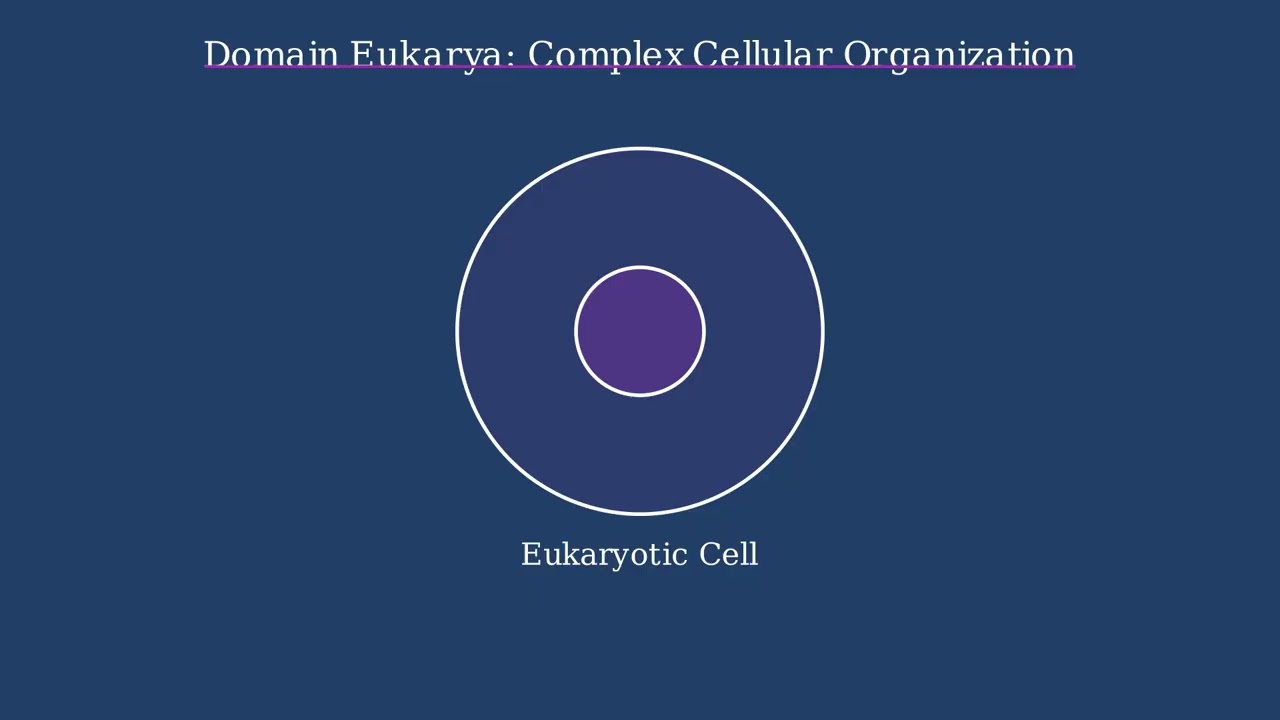
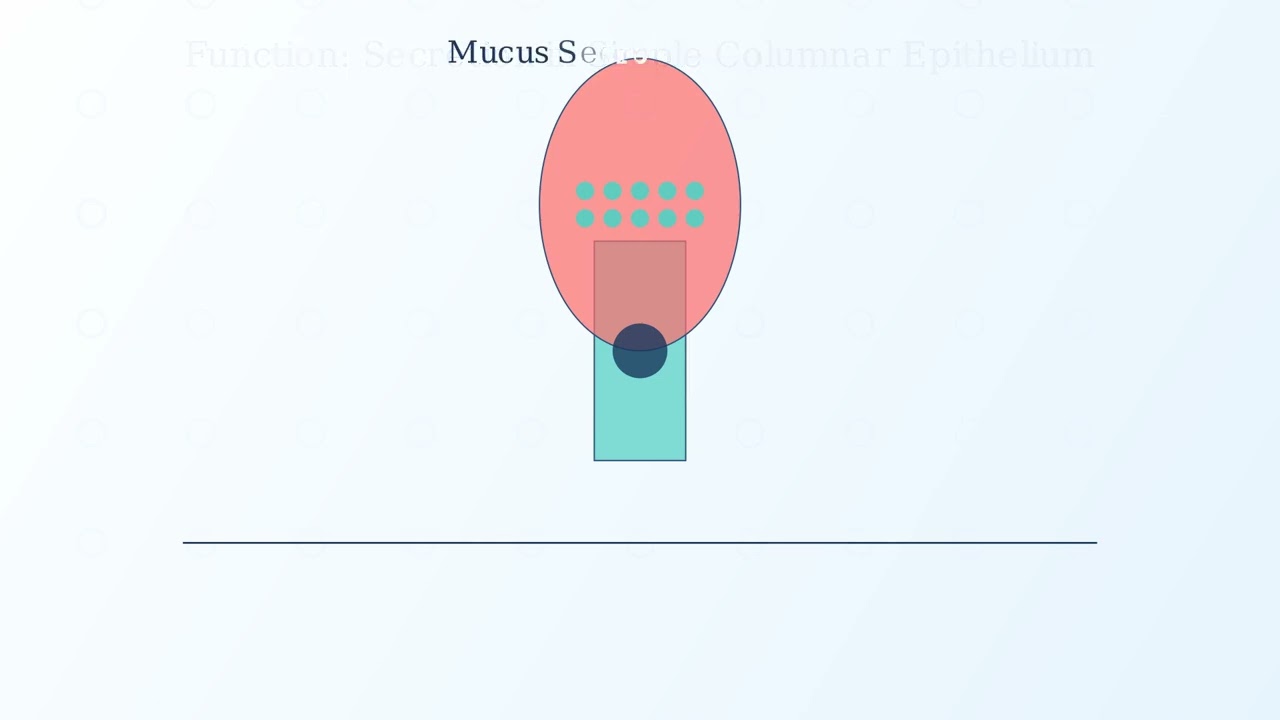
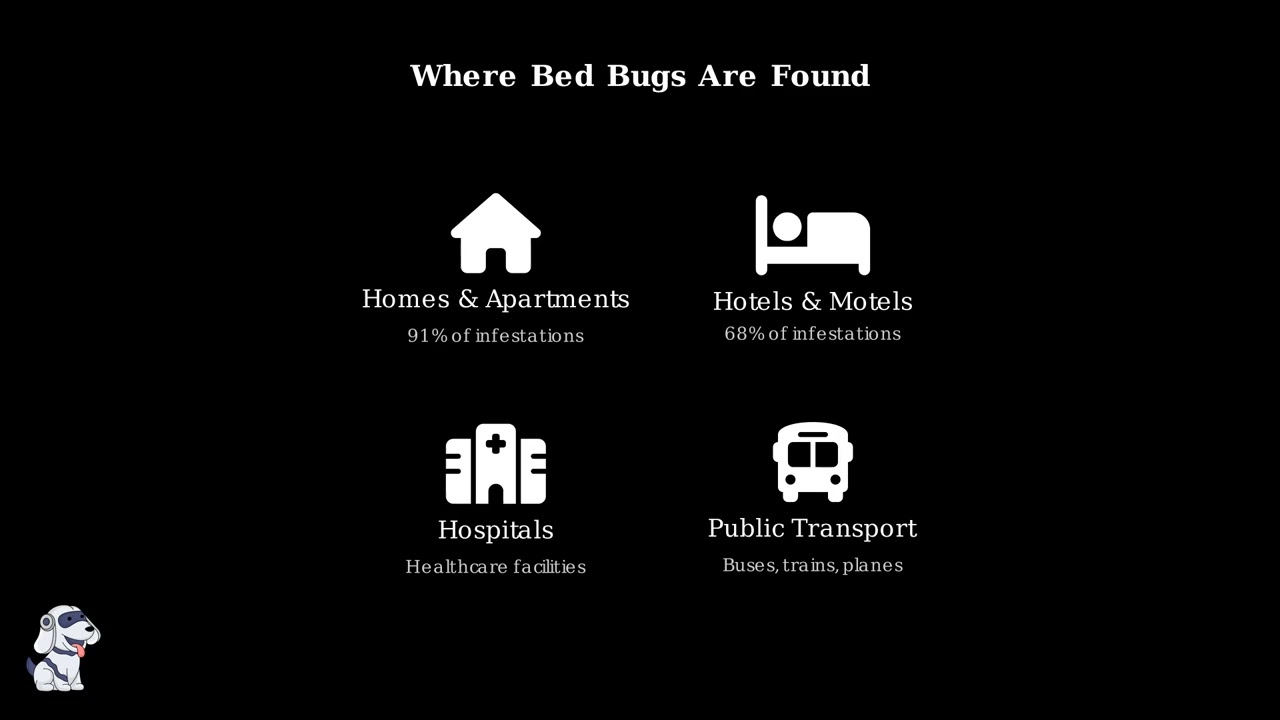
- Text Highlighting: Select any text in the post content to highlight it
- Text Annotation: Select text and add comments with annotations
- Comment Management: Edit or delete your own comments
- Highlight Management: Remove your own highlights
How to use: Simply select any text in the post content above, and you'll see annotation options. Login here or create an account to get started.